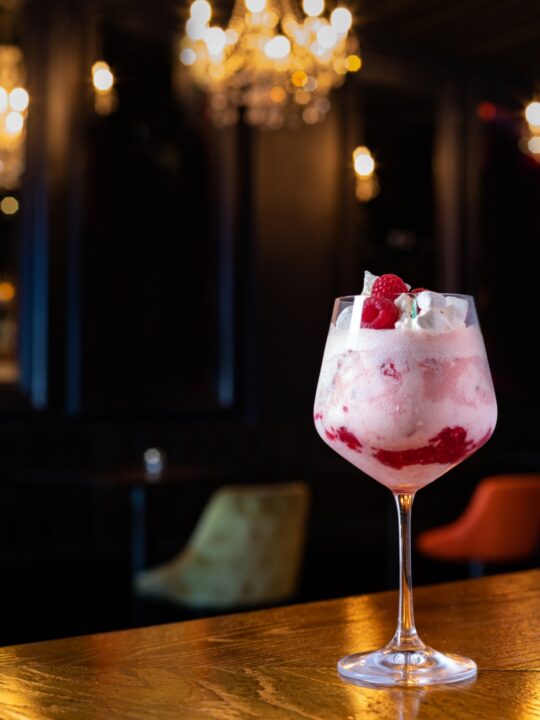What if… Baileys hadn’t spotted their winning opportunity?

Sometimes, brands can get too comfy. They can sit in their carved-out spot in the market for sometimes decades, simply relying on their previously established reputation to keep things ticking over. However, if you take your eye off the ball for too long, your brand associations begin to stagnate, gradually fading away into the history books of forgotten brands…
Diageo’s drink brand Baileys was in danger of becoming one of these forgotten brands. When you think of Baileys, what associations are conjured up? Perhaps warm, homely images of Christmas puddings, tinsel and families gathered by the fireplace. An indulgent and traditional, seasonal drink for special occasions.
But traditional very easily becomes outdated – perhaps dull even. In the fast-paced marketing landscape, adaptability is key and static brands can easily drift into oblivion.
Diageo had a choice. Accept the declining sales and waning relevancy of Baileys and move onto something else, or think smart, and really lean into the things that made Baileys special in the first place.
The key questions they needed to ask were: what is it that associates Baileys with Christmas? Why do people gravitate towards the brand on special occasions? How can Baileys be refreshed and repositioned? The answer to these questions came down to the idea of indulgence. Baileys is a treat – something that people consume almost like a dessert rather than an alcoholic beverage, therein providing the key to Baileys potential. Baileys had become an outlier in its own category, where it wasn’t being bought as the product it was being sold for. Perceptions had shifted, and Baileys now had an opportunity to play in new spaces, and give itself a new lease of life.
In order to reposition Baileys as a product for all seasons, Diageo commissioned research that revealed Baileys association with indulgence. This provided a focal point around which to strategise their next movements. If people weren’t buying Baileys as an alcoholic drink, then it shouldn’t be marketed as such. By identifying the real reason why people were buying Baileys, Diageo were able to then move onto working out how to create mental and physical availability for their product.
When it comes to mental availability, it became evident that Baileys would have to behave as if it were a treating brand to conjure up instinctive brand associations with relevant contexts and occasions. The new branding has seen a wide range of dessert-flavours hitting our shelves, from Eton Mess to Strawberries and Cream. This expansion could only have been made confidently after confirming the market for it.
The next challenge was the physical availability. Where should shoppers expect to find Baileys? Next to the gin? Or next to the lemon cheesecakes? In order to appeal to the automatic and intuitive System 1 brain of the average shopper, Baileys need to be found where it is expected, and near to products that are relevant. Baileys openly advocate for using Bailey’s as an ingredient for other desserts, so keep a close eye on the most suitable supermarket locations for the product was essential.
What’s the key takeaway here? Well, as we heavily advocate for, it’s crucial to identify the underlying perceptions at play in any situation. Sales figures only give you part of the story in comparison to proper behavioural understanding. Intents, biases, and perceptions are the hidden driving factors of decision making, and without commissioning research that undercovered exactly this, Bailey’s wouldn’t have successfully identified an opportunity to market their product as a versatile treat brand – with great success.

 Back to articles
Back to articles

